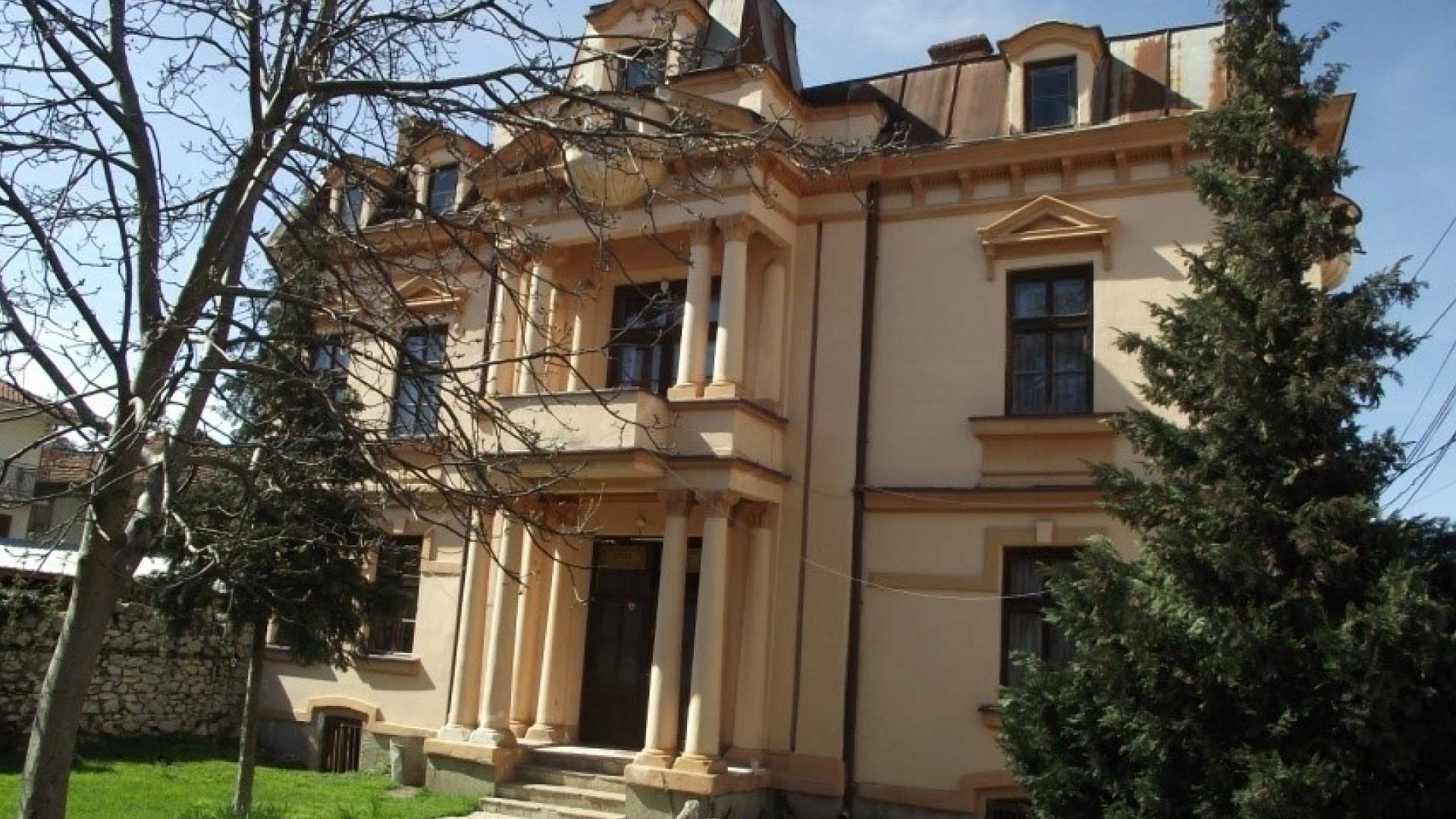The National Institution Museum Dr. Nikola Nezlobinski - Struga
The National Institution Museum "Dr. Nikola Nezlobinski"-Struga was established in 1928 thanks to the enthusiasm and dedication of the Russian scientist Dr. Nikola Nezlobinski. Dr. Nikola Nezlobinski was a Russian emigrant, who came to Struga in 1924 as a doctor in the malaria station. During his research, which he conducted around Struga and the Struga marsh, he was amazed by the natural beauty, wealth and diversity of the living world, so he began to collect and prepare samples. The first modest collection with several representatives of mammals and birds was exhibited in 1927 in one of the huts where d-r Nezlobinski lived.
The collection was soon enriched with the help of the citizens of Struga and in 1928. The permanent museum exhibition was installed in one of the sheds of the hospital, thus establishing the Natural History Museum in Struga and the museum activity in Macedonia. Today, the Museum in Struga is a modern institution within which activities, apart from the biological department, take care of the natural history collection; the archaeological department also operates in the ethnological, historical and art history department. The museum has several objects in which the cultural and natural wealth of this region is presented chronologically in whole or in part.
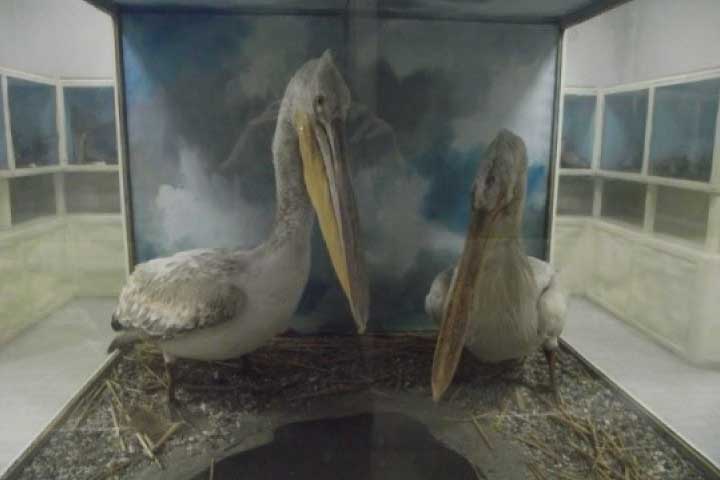
Natural science museum
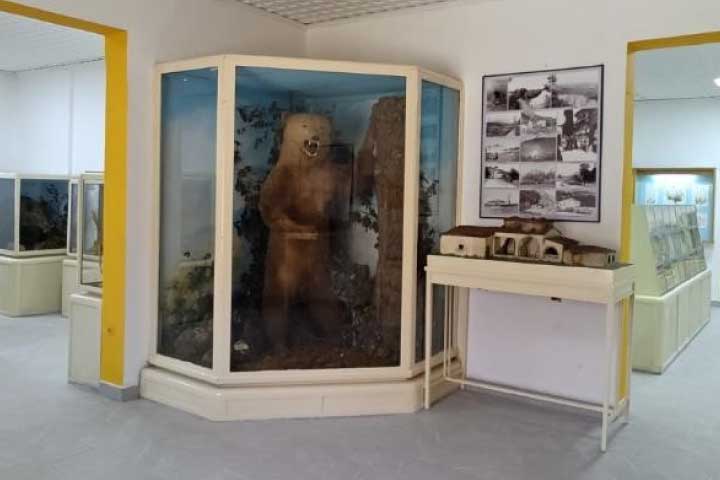
It represents a huge complex where the characteristic representatives of all animal groups that exist in surroundings area, and part of the botanical material (mostly swamp and water plants) are presented. It presents various types of insects, amphibians and reptiles, fish that live in Lake Ohrid, a large number of different birds, mammals characteristic of our region, botanical material with herbarium of plants, as well as part of the scientific work of Dr. Nikola Nezlobinski.
The collection counts over 8000 thousand specimens, of which the largest number is the collection of insects, a collection that dates back to the time of Dr. Nikola Nezlobinski.
Administrative building
The building itself is a monument of culture from the time of the Revival, built in neoclassical style.
facade playful with balconies, columns, arches on the windows.
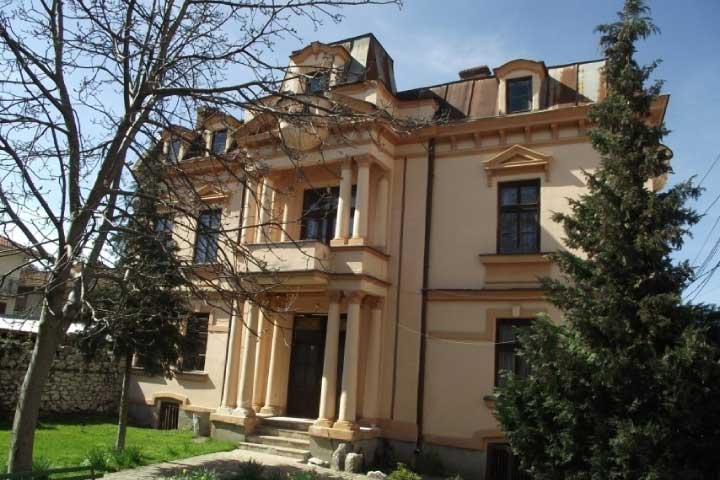
Brothers of Miladinovci Memorial home
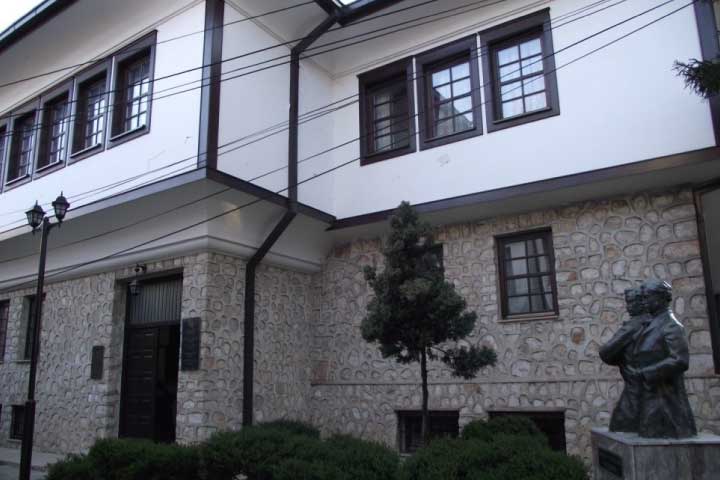
The memorial home is located in the downtown area on the street named after the poets the Brothers of Miladinovci. It was built on the foundations of their native house, which burned down in a fire in 1925.
The current building was built in 1961 on the occasion of the 100-th anniversary of the publication of the book Collection of Miladinovci, and from that year the Struga evenings of poetry began to be held. In the building, which architecturally reflects the old stilt house, on the first floor there is an authentic setting and an exhibition about the life and work of the Brothers of Miladinovci.
The gallery of Vangel Kojoman
The Academic Vangel Kodzoman is one of the founders of Macedonian contemporary art. He was born in 1904 in Struga, being active as a painter, as a professor of art education, participated in numerous exhibitions and being one of the founders of the Society of Fine Artists of Macedonia.
In 1974 in Struga he opened the permanent thematic exhibition "Struga in the past" with 33 of his works of art, which today is part of the permanent exhibition in the Gallery.
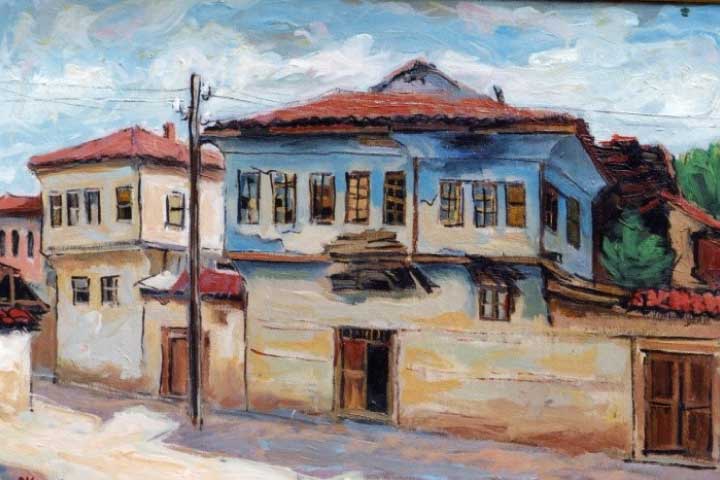
Complex church of St. Nikola, Vranishta
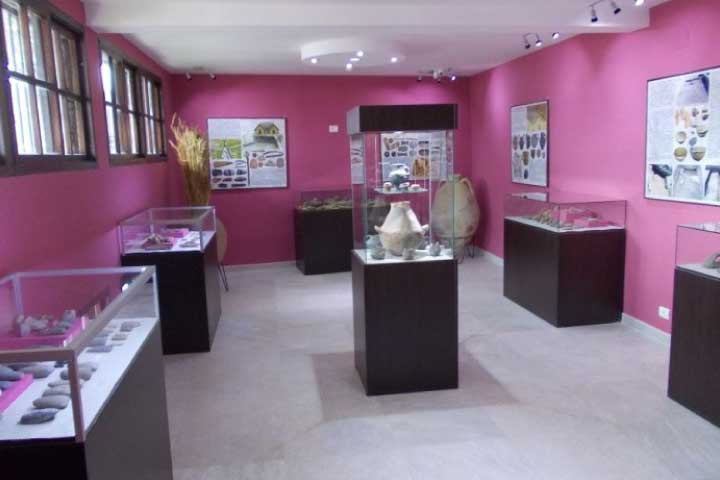
The complex is located in the center of the village of Vranishta and within it there is a museum exhibit with archaeological artifacts from prehistoric times to the Middle Ages. Prehistory is presented through the artifacts from the Church meadows site, while the medieval part is presented by Post-Byzantine icons from the 16-th and 17-th centuries, icons from the period of the 19-th century zoographed by Avram Dičov, as well as several liturgical silver objects.
In addition to the objects of the Museum of Dr. Nikola Nezlobinski the cultural and historical heritage of Struga and Struga is complemented by early Christian buildings, cave churches, Islamic and Christian buildings.
Early christian basilicas of Oktisi, Radolishta and Tashmarunishta
In the Republic of Macedonia there are more than 200 Early Christian monuments of the basilica type, three of which are located in the Struga region. These basilicas located in the villages of Oktisi, Radolishta and Tashmarunishta are significant for their architecture, stone plastic and decorative floor mosaics.
Rare compositions are found on the mosaics, where famous Christian symbols and animals are presented, including the eel as an indigenous fish.
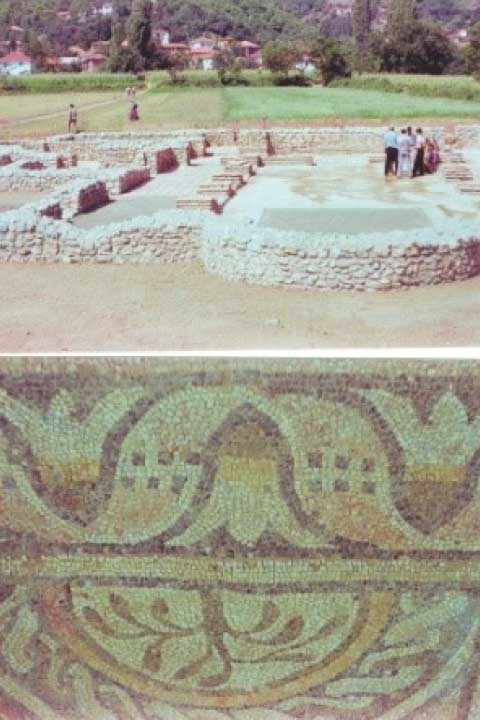
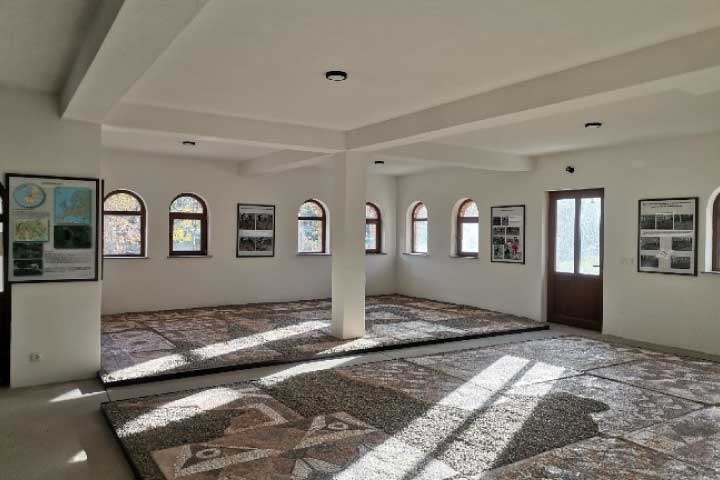
In the village Tashmarunishtа, there is an Early Christian mosaic that was discovered and preserved, framed and placed on the walls of the church, while in the village of Octisi, аbout 70m² of the total discovered mosaic is exhibited in a special facility - Konatci with an exhibition space.
The facility was built in the yard of the church of St. Nichola and also in the immediate vicinity of the early Christian basilica where these mosaics were discovered. In the framework of building, panels are placed on the walls, where you can see the whole process from the discovery of the mosaics, through their processing, protection and conservation to their exhibition and to get the most important information about the basilica and the mosaics.

